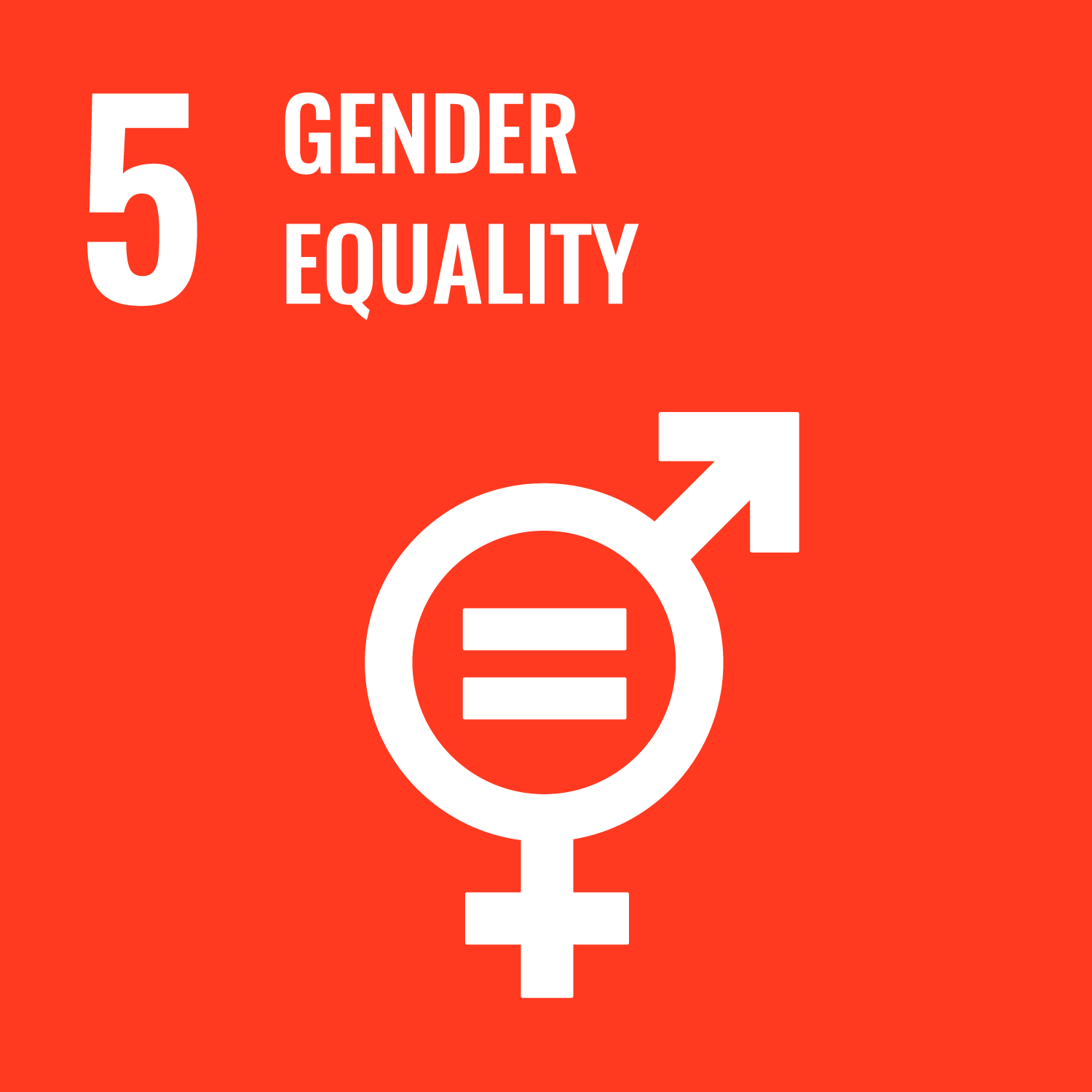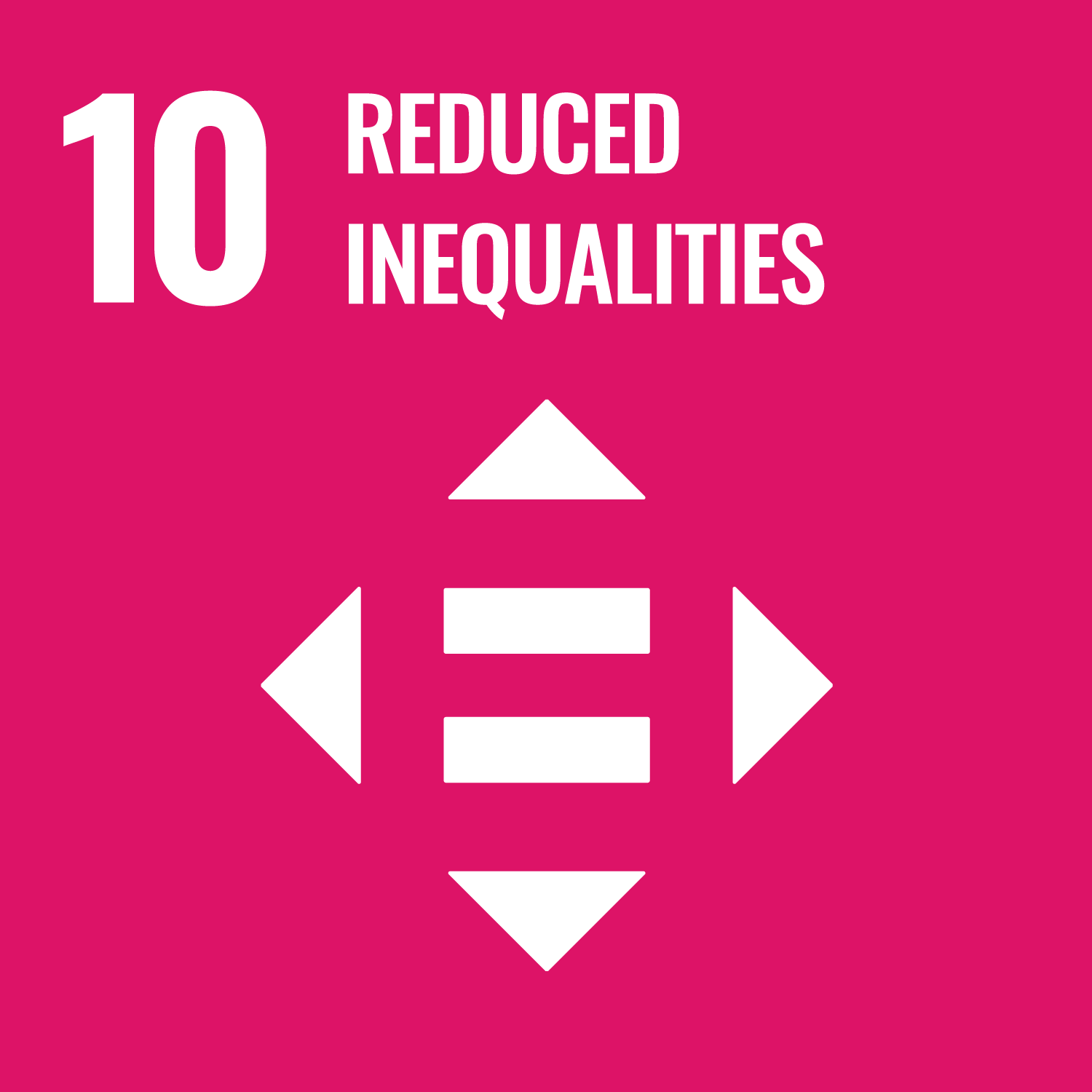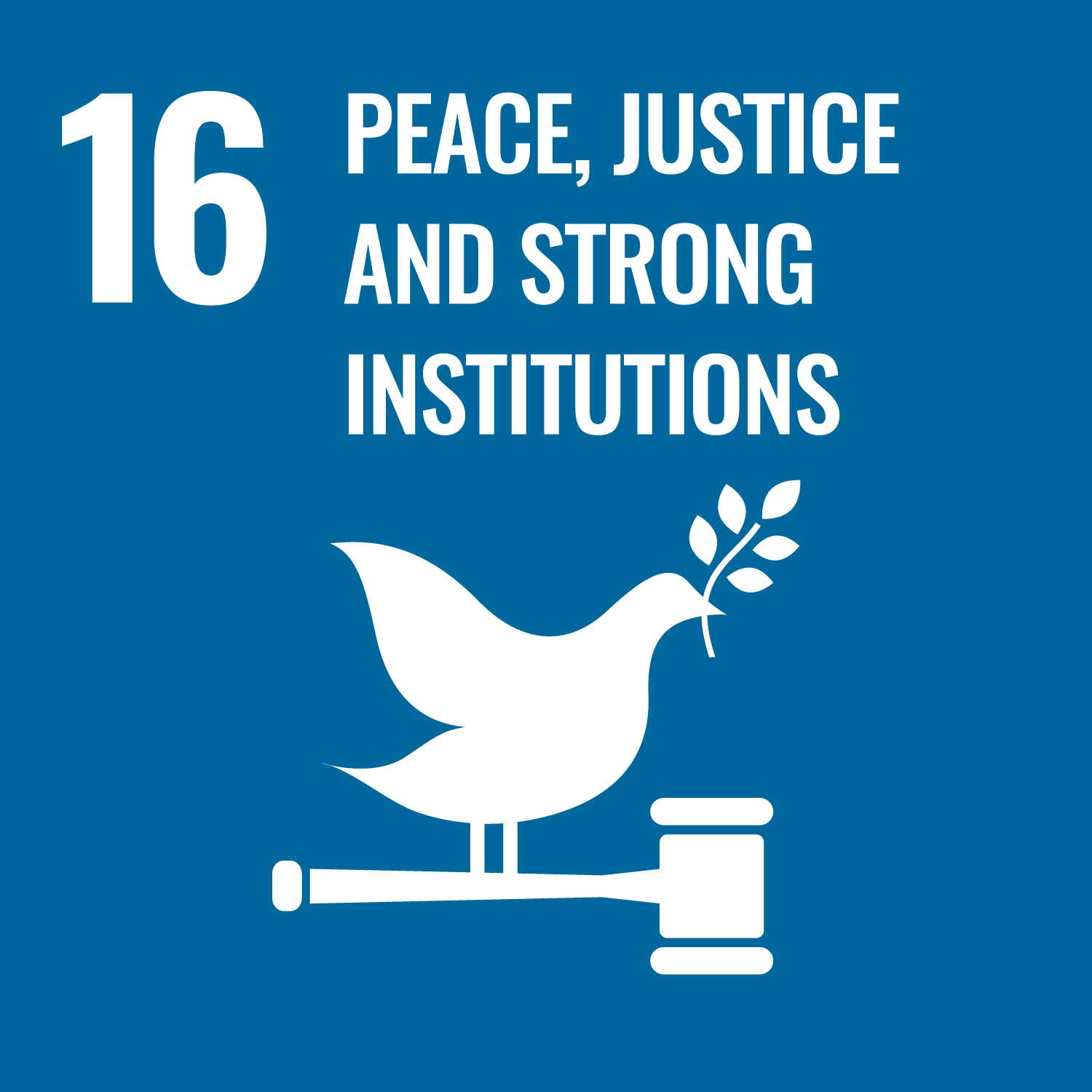The report opens with a background on the legal context, noting that most Arab states inherited laws against homosexuality from French and British colonial systems; the role of Sharia law is briefly discussed. Country-specific overviews on same-sex sexual relations, gender expression, freedom of expression and association, legal gender recognition, and legal non-discrimination are provided before delving into the social, political and religious context with a focus on the 2011 ‘Arab Spring.’ The role of violence and conflict in shaping LGBT advocacy environments is also discussed with specific reference to the increased visilibity (and thus targeting) of gay men, transgender women and gender non-conforming people in the region—ISIS is specifically noted as ‘welcoming notoriety for killing allegedly gay and gender non-conforming people.’
The familial context and risk of coming (and living) and out life are then discussed. Activists give testimony to their experiences and the themes of isolation, ostracization and ‘notable silence around sexual orientation and gender identity’ are identified.
The report then moves on to a discussion of effective activism in constrained spaces. The specific example of a rainbow flag being waved at a concert in Cairo and ensuring severe government repression is discussed. A vicious crackdown on LGBT people and allies ensued. This crackdown was met petitions from LGBT activists and allies from the region, demonstrating the changes in LGBT activism in the region. The report provides further examples of increasing activism despite increasing state repression and violence.
The importance of building community and staying safe are both discussed through the experiences of individual activists and their communities. The necessity of connecting with human and women’s rights organisations for progress is discussed, and the process of building alliances detailed through individual experiences.
The report next discusses the ‘movable middle,’ or the segment of society without deeply held prejudices who generally lack awareness of LGBTI issues. Arts and cultural production as a mechanism of attitude change is highlighted, as is the potential (positive) role of the mainstream media, social media campaigns, underground outreach and direct outreach to potential allies.








